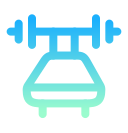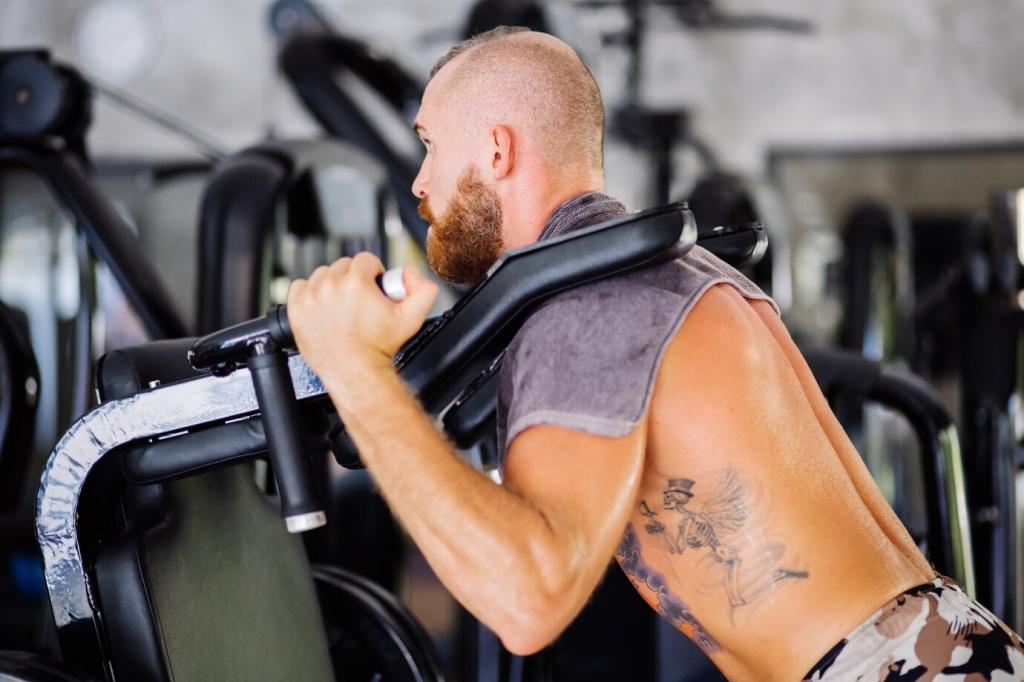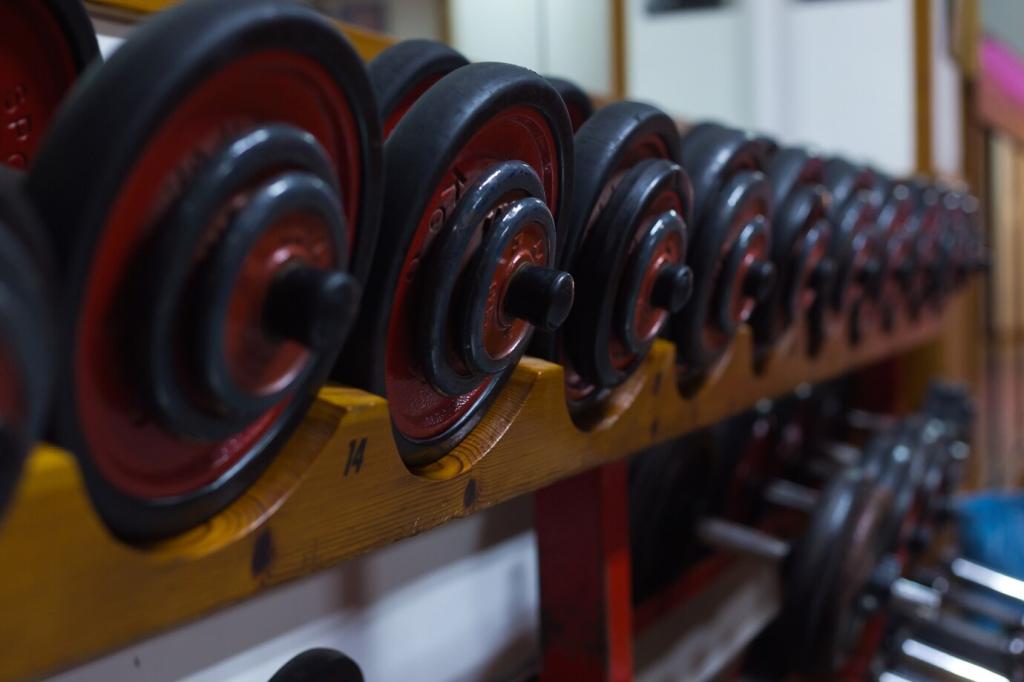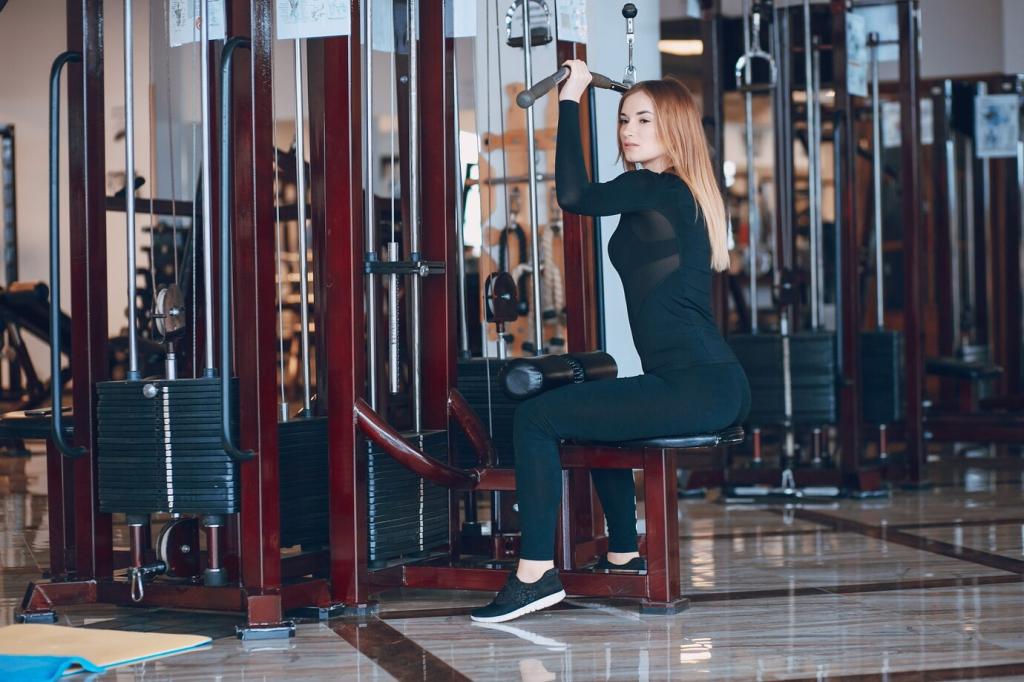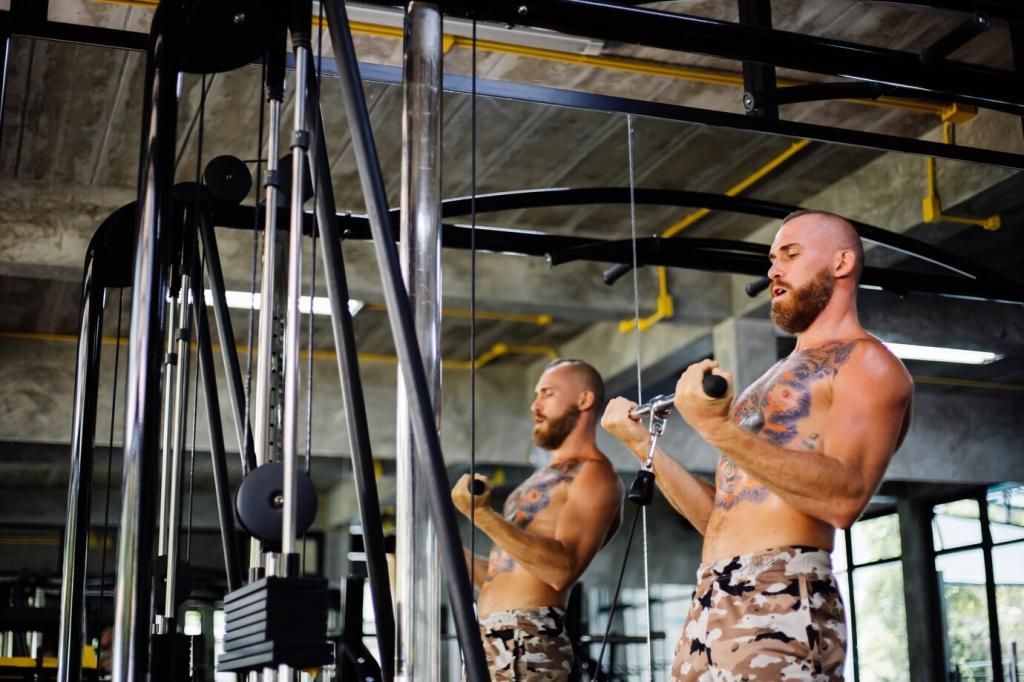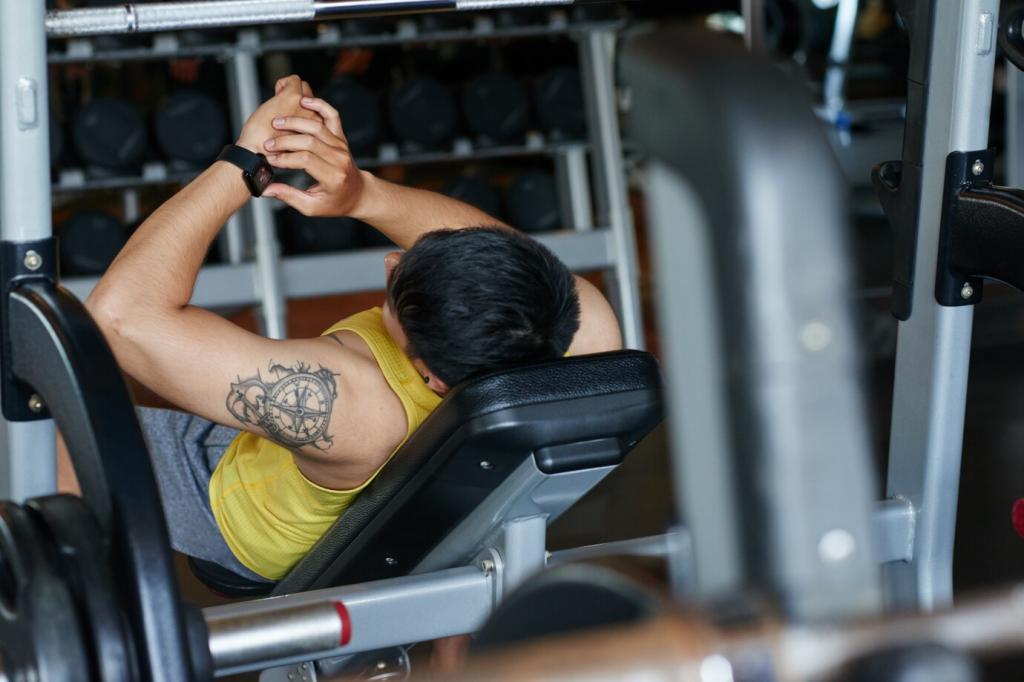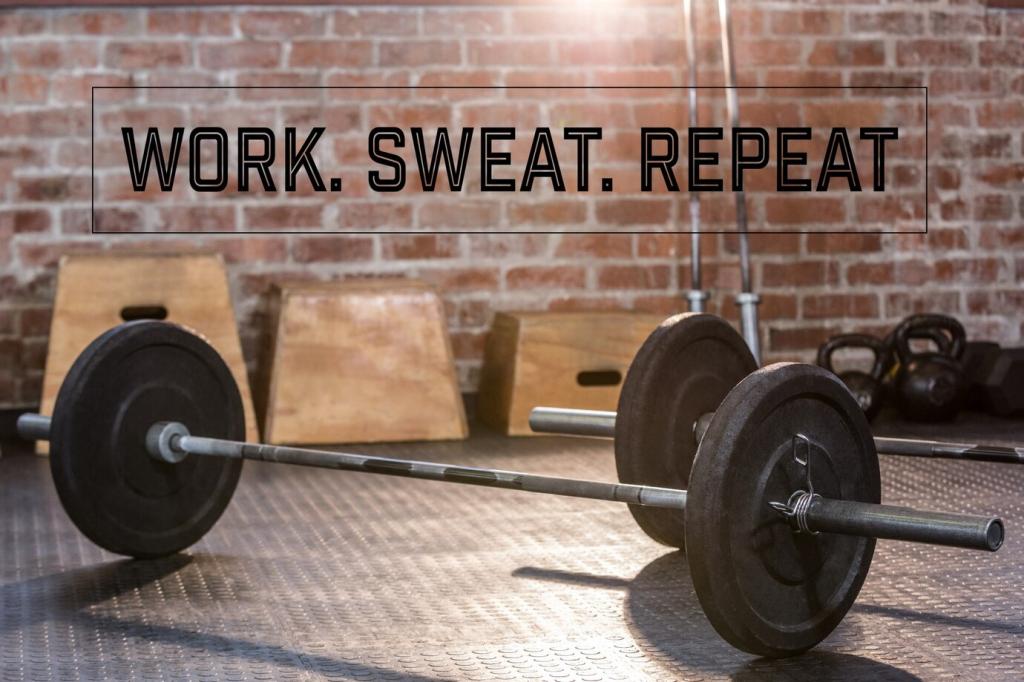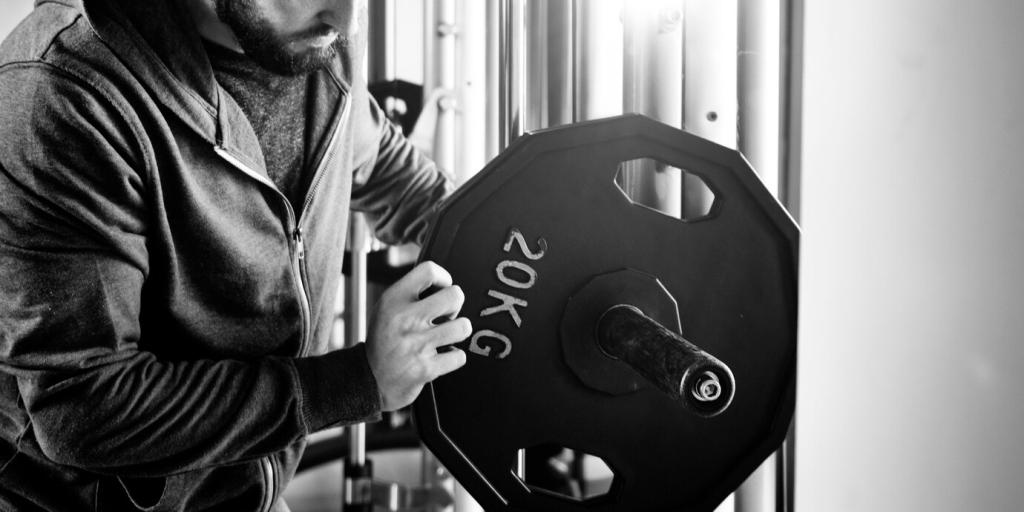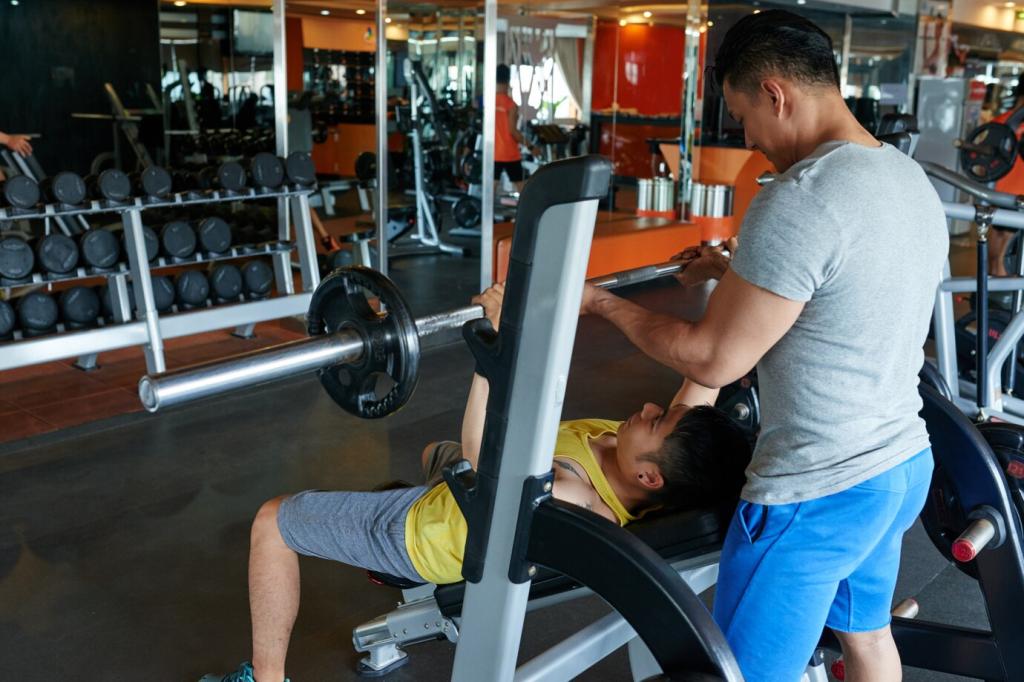Start Smart: Plan Your DIY Home Gym Like a Pro
Decide whether you’ll focus on strength, conditioning, mobility, or a balanced blend. Your programming drives the build list, from a sturdy platform for heavy lifts to open floor space for flows, circuits, and recovery work that keeps you consistent.
Start Smart: Plan Your DIY Home Gym Like a Pro
Measure ceiling height, wall spacing, and door swings. Sketch where equipment folds, stores, and moves so nothing blocks daily life. Plan clearance for burpees, ring dips, and deadlifts, and remember ventilation, power outlets, and daylight to lift your mood.
